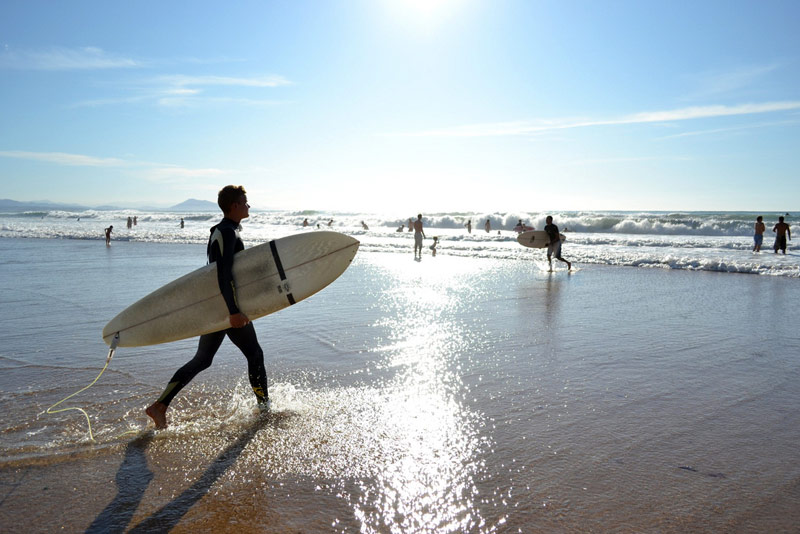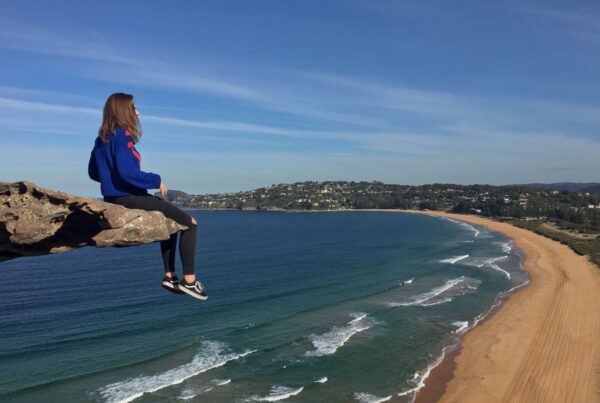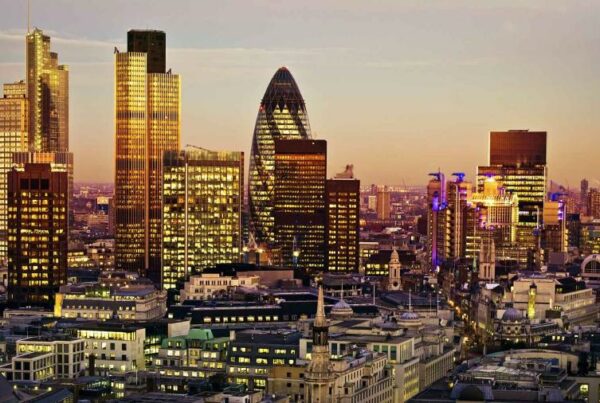
Do you want to learn a language but don’t know where nor which? How about learning one of the most spoken languages worldwide? Spanish! We propose you to learn Spanish in Argentina.
It’s 1911 and after weeks on the waves of the Atlantic Ocean, you arrive in Buenos Aires. Stepping off the boat in the sticky air of La Boca, your fellow passengers wildly embrace relatives and old friends from Italy and Spain: earlier arrivals in search of a new life in the New World.
Uptown, you soon find yourself among spectacular colonial buildings, grand theatres and the pomp of one of the world’s most prosperous cities. Fine horses pull the opulent carriages of wealthy merchants, rich from taming the vast wilderness that fills Argentina’s interior. Overhead, colourful and unfamiliar birds dart across the sky.
Arriving in Buenos Aires a century later is another experience, but no less impressive. During your final approach to Ezeiza Airport, you get an idea of just how huge this city of 12 million has become, as it sprawls off over the horizon. The drive into the city centre takes you past shimmering skyscrapers, flashing advertising boards and the 14-lane beast that is Avenida 9 de Julio.
Buenos Aires is rambunctious, it’s wonderful and you will soon be seduced by its sultry charms. But there’s much, much more to discover in Argentina than its capital city. In one of the most naturally diverse countries on the planet, deserts, glaciers, mountains, cattle ranches, jungles and vineyards are just the start of it.
It’s little wonder this is one of our most consistently popular destinations for Spanish courses. We propose you to learn Spanish in Argentina and also discover all its fantastic secrets!
Bariloche & Patagonia
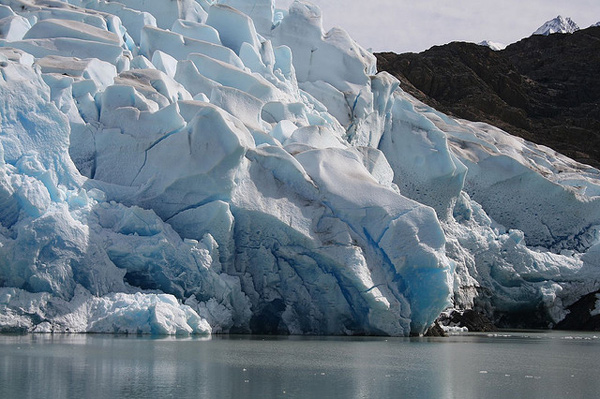 photo: chadica
photo: chadica
Serene mountain lakes, splendid Andean peaks and a tremendous range of Alpine activities make San Carlos de Barlioche, on the banks of Lake Nahuel Huapi, the ideal launchpad from which to explore Patagonia. During the winter, a thick blanket of snow makes this Latin America’s top winter sports destination. Many locals say it is even nicer once the snow has melted and the hills are green.
Bariloche is just the start. Patagonia has so much to offer visitors: go penguin watching at Punta Tumbo, try your hand as a gaucho, hike in the Andes, enjoy the best fly fishing in the world or sail with the whales in Puerto Madryn.
Further south in the barren landscapes of Tierra del Fuego, the scenery becomes glacial; the most southerly part of the inhabited world could not feel further from sweltering Buenos Aires. This is where journeys to the Antarctic set off. The weather in the extreme south sticks around zero for most of the year, preserving the iconic nearby glaciers which date back long before humans were thought to have arrived 10,000 years ago.
Magellan’s crew reported seeing giants in these parts (the name Patagonia supposedly comes from the Italian for “giant feet”), so keep your wits about you!
Iguazu
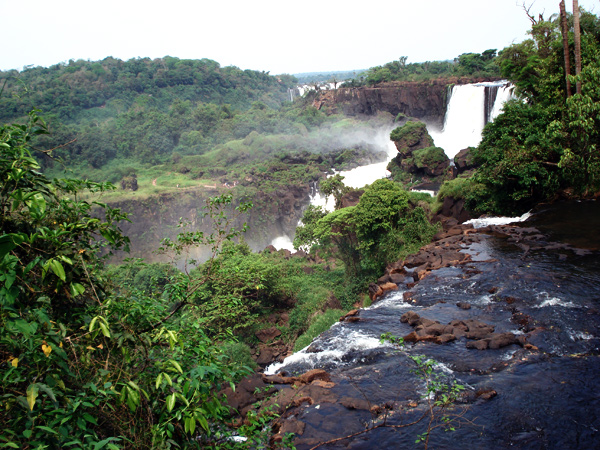
More than 3,500km to the north east of Ushuia, the Iguazu Falls lie on the border between Argentina and Brazil. Engulfed in thick jungle, where clouds of bright butterflies flutter in the sticky warm air, the waterfalls are one of Latin America’s top tourist attractions. And they are spectacular.
A series of walkways take you below, around and above the waterfalls, through the jungle and past some of the most fantastic scenery you will ever see. According to legend, when Eleanor Roosevelt saw the Iguazu Falls, she came out with the immortal line “poor Niagara”!
This is a good place for a short stop off when travelling, but once you have seen the Falls, it is probably time to move on fairly quickly, whether to Brazil, nearby Paraguay or elsewhere in Argentina.
Salta, Jujuy & the North West
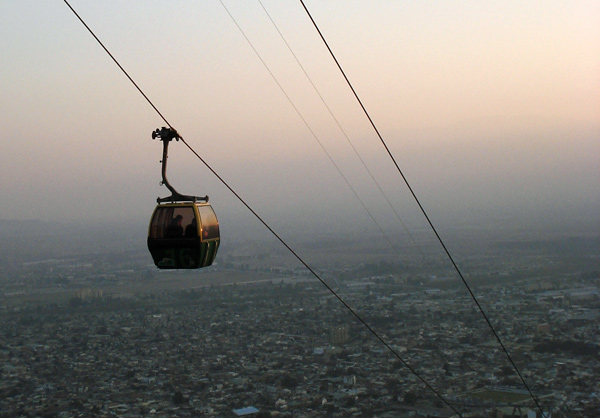
Salta, in the north-west of the country, offers a completely different aspect of Argentina. The colonial city centre is appealing, the rolling valleys to the west are breathtaking and the indigenous population keeps ancient, native traditions alive. But what is really spectacular lies just to the north, as you journey into Jujuy Province, through the clouds and on to the Altiplano.
The “Tren a las Nubes” (Train to the Clouds) leaves from Salta and is a 16 hour, 400km round trip into the Andean desert. You travel from the lush, wine-growing regions around Salta and Jujuy into the mountains, through the clouds and finally onto the otherworldly desert plateau.
It is a truly breathtaking journey over bridges and aqueducts, through the spectacular scenery of multi-coloured mountains and up to altitudes of almost 4,000m. The locals chew coca to deal with the thin air.
The bus is a cheaper alternative, still spectacular and will drop you off near the Bolivian border, if you would like to go further and discover the ethereal salt flats in Uyuni or the many other jaw-dropping experiences in Bolivia, South America’s most altitudinous country.
Mendoza
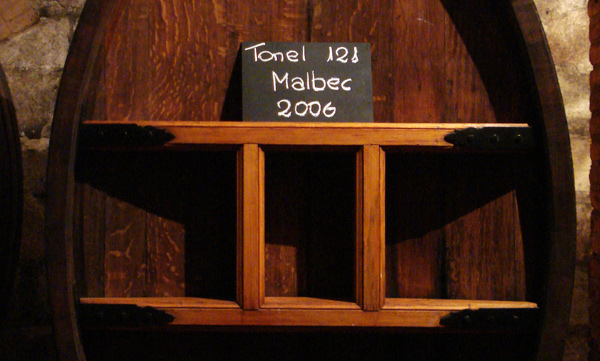
Mendoza province lubricates Argentina. Latin America’s largest wine region lies around 1000km to the west of Buenos Aires, a journey probably best taken on one of Argentina’s legendary coaches (entertainment can include games of bingo, pirated DVD’s and onboard karaoke!). Chevallier and Cata are among the most popular bus companies.
A great way to explore the vineyards is with the Bikesandwine tour, where you rent a bicycle for the day and roll from bodega to the bodega, learning about wine and glugging the Malbecs for which the region is known. Mendoza is famous within Argentina for its great food, high standard of living and friendly residents. So, if you are still not sure of where to learn Spanish in Argentina, Mendoza could be a very good candidate.
The bus journey from Mendoza to Santiago in Chile takes you through a mountain pass, alongside Mount Aconcagua (South America’s highest peak) and into Argentina’s neighbour. It is one of the few long South American bus journeys that should definitely be taken during the daytime if only to see the high Andean peaks, winding roads and later the desert flowers as you descend to the west.
Buenos Aires

photo: Ana_Cotta
Beautiful, bewitching, addictive… Buenos Aires is, undoubtedly, a must seen attractions in Argentina. A city where sensuality is woven into the fabric of everyday life, where booms and busts come and go and even the greatest pleasures are enjoyed with a distinctive twinge of melancholy.
